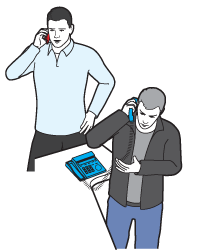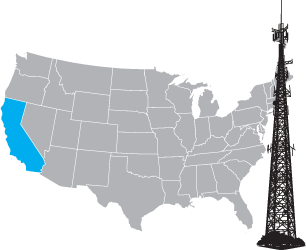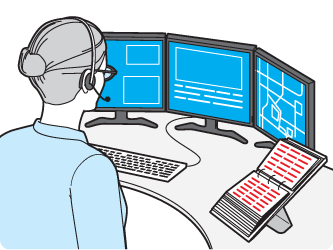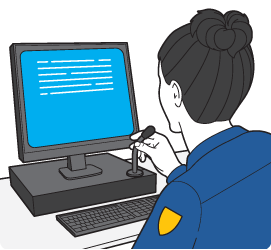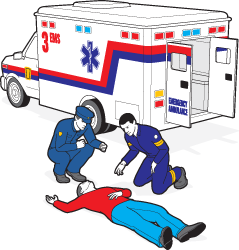|
A caller dials 911.
|
|
|
If the call comes from a cell phone, the signal travels to a nearby cell tower and is routed to a company that determines the location of the tower. The company sends the call back to the 911 center and provides the latitude and longitude of the cell tower. This process is virtually instantaneous. |
If the call comes from a landline, the signal travels directly to the call center and automatically transmits the caller’s location. |
|
A 911 operator answers the call, and an automated greeting asks, “Where is your emergency?” If the caller doesn’t speak English, the operator presses a button to connect to a translating service in California. On average, using a translator adds 40 seconds to the call.
The 911 operator confirms the caller’s location, which pops up on a map on the operator’s computer screen. The operator asks what’s wrong and enters a code. All 911 operators memorize codes for more than 100 types of emergencies.
|
|
|
The computer system sends all of the information to the appropriate dispatcher—fire/EMS or police. Reaching this step typically takes less than 40 seconds.
|
Meanwhile, the operator follows a script for that type of emergency. All 911 operators are trained to give medical advice, such as how to perform CPR or deliver a baby. The operator stays with the caller, entering additional information into the computer. The dispatcher and units see the updates on their computers. The dispatcher can also add updates. |
|
A message that a call is pending appears on the dispatcher’s screen. The dispatcher clicks a button to bring up a list of the units required for that type of emergency—police, fire, or ambulance—along with a list of the units closest to the scene. |
|
|
The dispatcher radios the units. All units have laptops in their vehicles that display information about the emergency.
The responding units arrive on the scene—typically five to six minutes after the call comes in. |
|
Illustrations by Chris Philpot.
This article appears in the March 2012 issue of The Washingtonian.


